© ROOT-NATION.com - Use of content is permitted with a backlink.
You know, I can describe the Canyon DS-90 hub in many words. Exquisite, stylish, reliable, relatively affordable, high-quality, versatile… And this hub deserves all of these words, no doubt about it. However, I have one question about the hub that almost completely overrides all my positive feelings.

Only mine, because I have VERY specific and serious requests, and this will not affect you in any way, I’m sure… But I will have to ask this question at the end 100%.
Market positioning
Let’s start with the good news. As you understand, there is a lot of it, so get ready. Canyon DS-90 is a descendant of the Canyon DS-9 model, which I tried to gnaw out for almost a year to use… But I couldn’t, because DS-9 was discontinued.
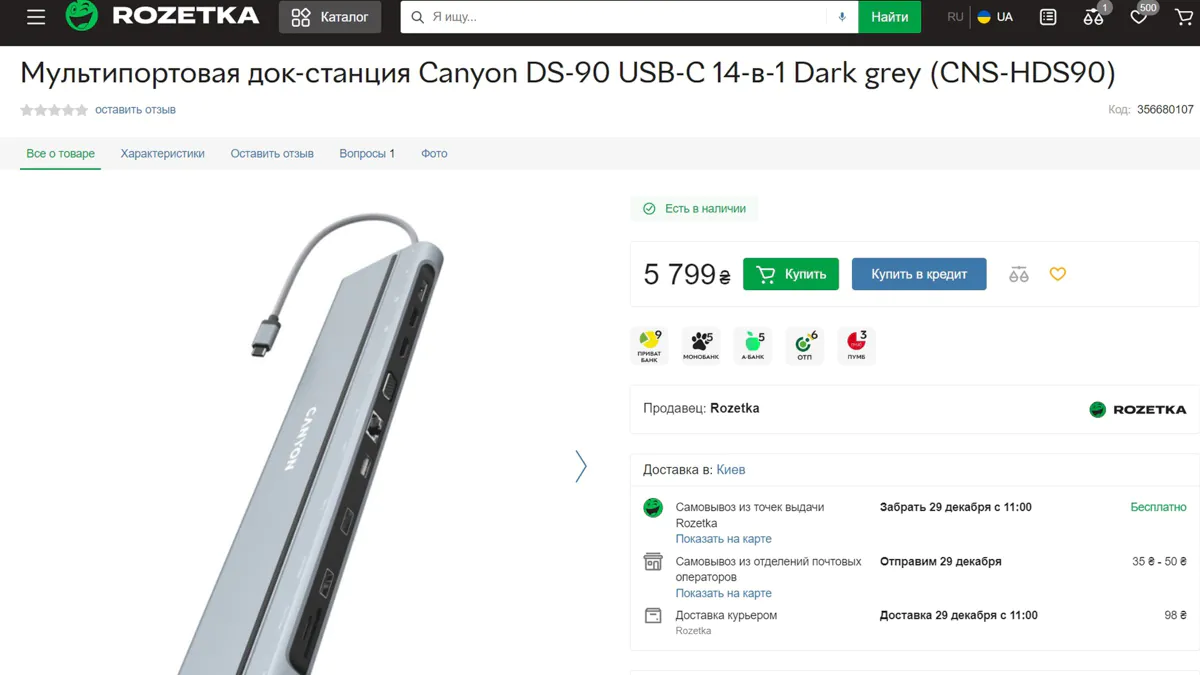
The DS-90 is a model so new that not all stores have it in stock. It does cost $110, which is 5,700 hryvnias, but believe it or not, this is an affordable price for a multiport hub. Especially for a hub THAT multiport!
Package contents
I’ll mention the package right away: the box next to the hub contains an instruction manual and a nice and very high-quality travel bag. Yes, it will be quite useful. Not for keeping the hub safe, but for keeping things near the hub.
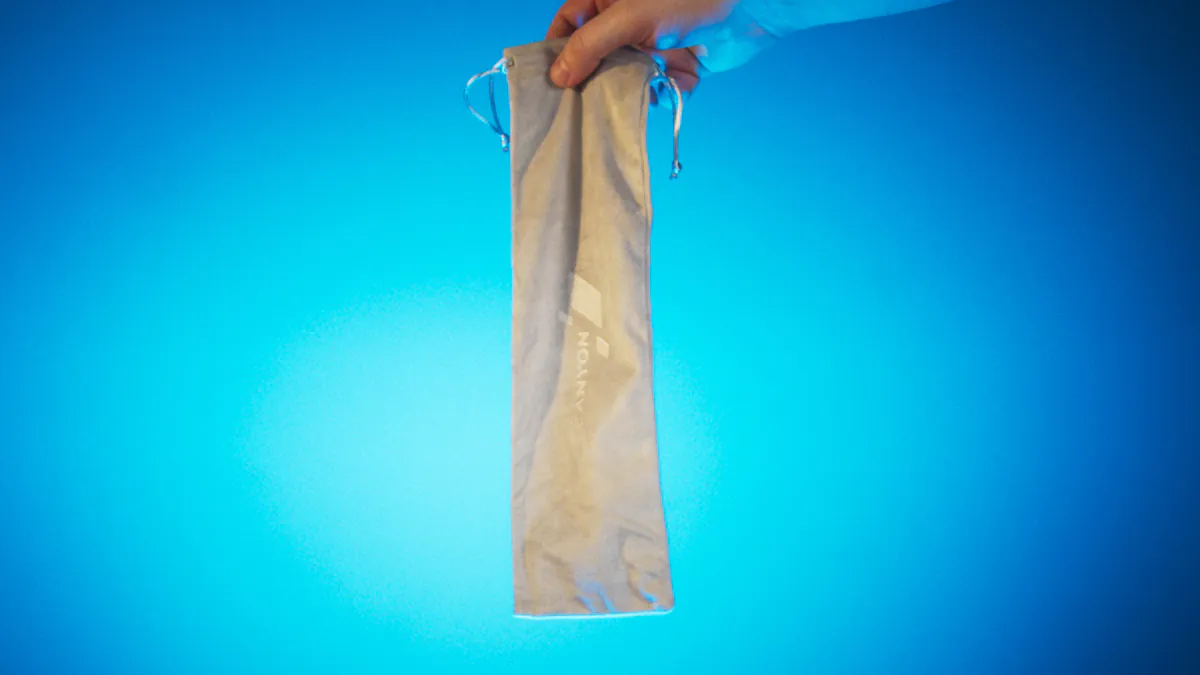
Technical characteristics
Because the hub itself is metal everywhere. It’s relatively heavy, 367 g, with dimensions of 301×76×22.5 mm.
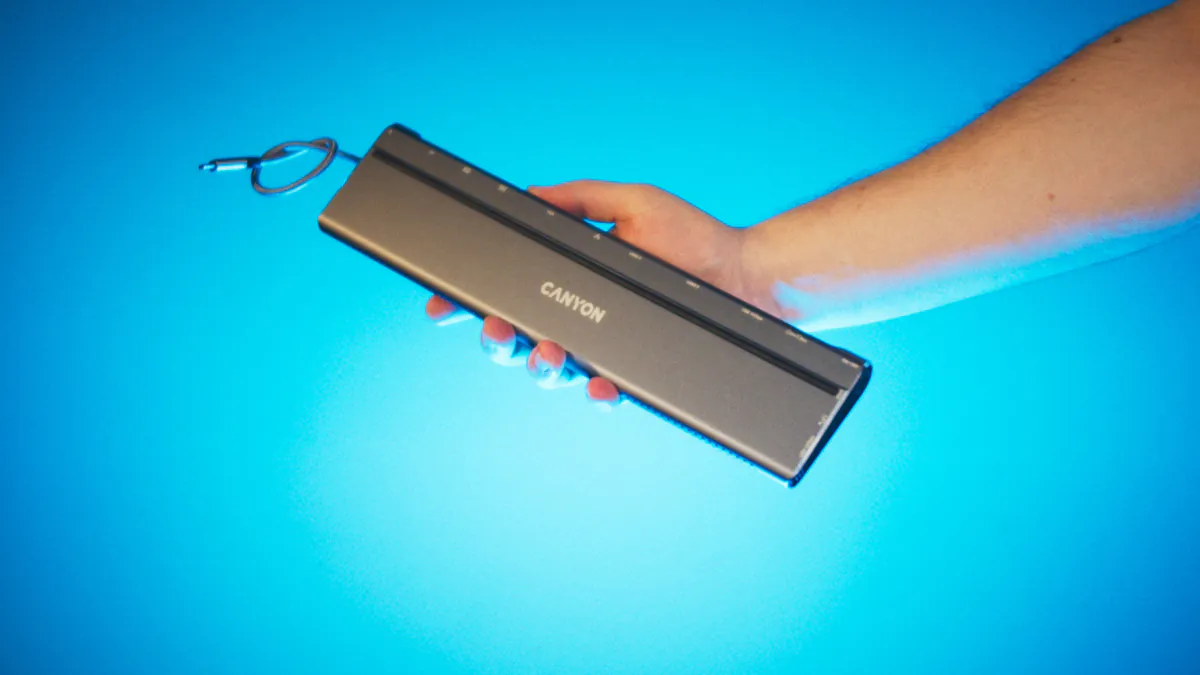
In terms of connectors, we have TWO HDMI, one DisplayPort, and even one VGA.

Next to it are a gigabit RJ-45, USB 2.0, two USB Type-A 5 Gbit, and SD card readers with microSD next to each other. At one end we have a pair of Type-C, a hybrid mini-jack, and a power button.

The other has a Kensington lock and a braided Type-C cable to the laptop. It’s not removable, but it’s long enough not to bend out of shape.
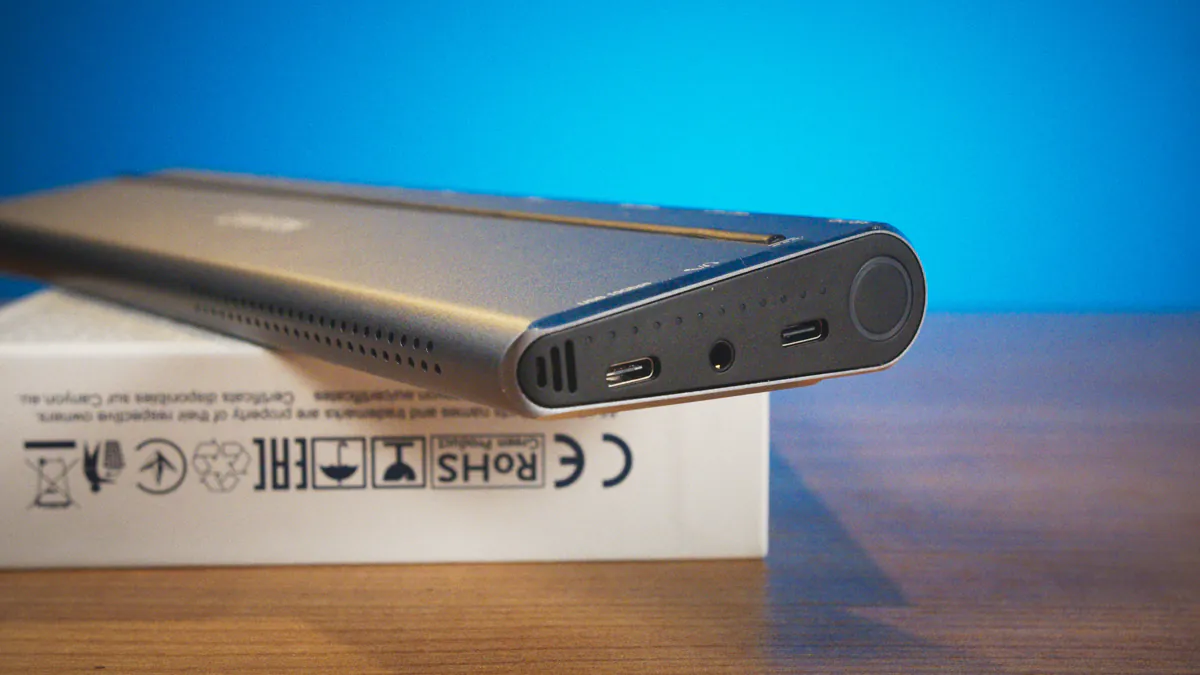
Plus, there are holes for ventilation at the ends, and speaker slots on the rounded end in front. Well, as I thought, this is actually also ventilation.
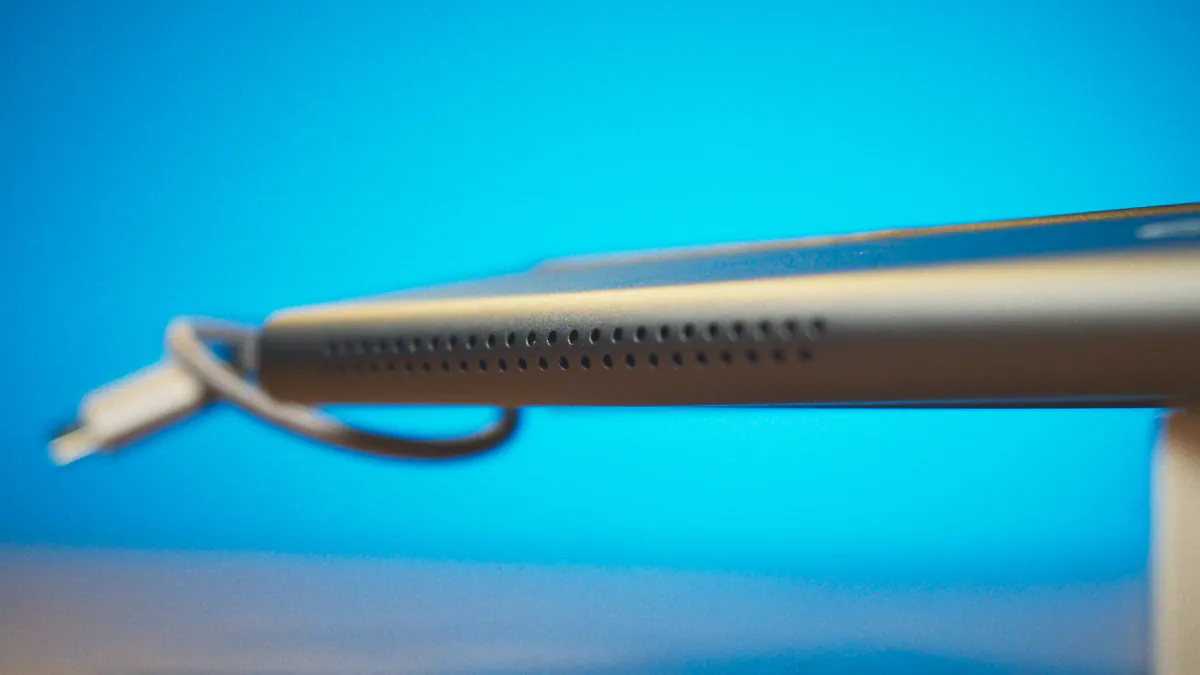
Ventilation
Actually, the hub will need it, because data transmission always goes hand in hand with heating, and if you use Canyon DS-90 even with half the connectors, but at least a little more actively than a mouse and keyboard, then heating is guaranteed. However, the DS-90, unlike its predecessor, can work around the clock thanks to its improved cooling.

What’s more, it will also improve the heating of your laptop! Actually, the shape of the hub is not accidental, because its ideal use is as a stand. Thanks to the rubberized inserts, it won’t let the device slide on top of it.

And yes, the hub is almost symmetrical, so it doesn’t matter which side you have the Type-C input, left or right. If it’s in the center behind, then that’s a problem. However, it’s a theoretical problem, and I’ve never seen one in practice.
Operating experience
When we connect the hub, we notice a set of LEDs that light up as soon as we connect something active to the corresponding connector! Don’t forget about the 100 W pass-through USB PD. So yes, the hub can power laptops that support the corresponding USB standard without any problems. Both small and large.
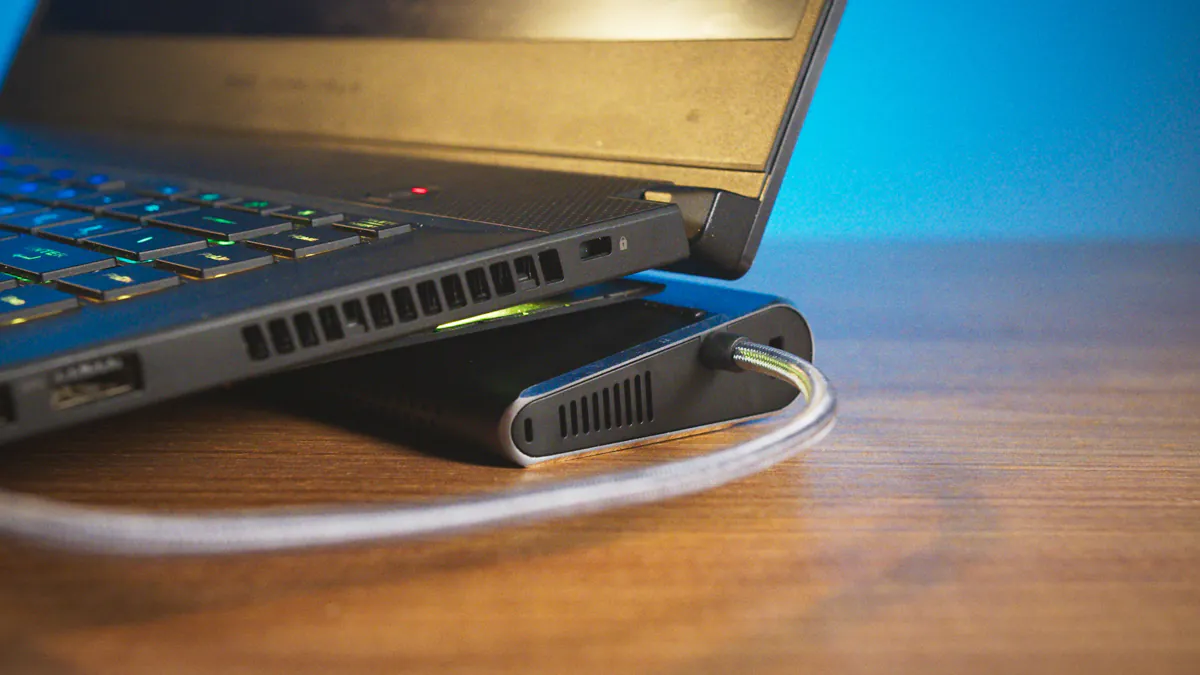
The good news is that the comment under my review of ASUS ROG Crosshair X670E Gene turned out to be prophetic, and I really managed to try the Canyon DS-90 to output a picture from AMD Ryzen 7 7700X. And the picture was indeed output via HDMI! With some glitches, the screen flashed once a minute, but the picture was displayed!
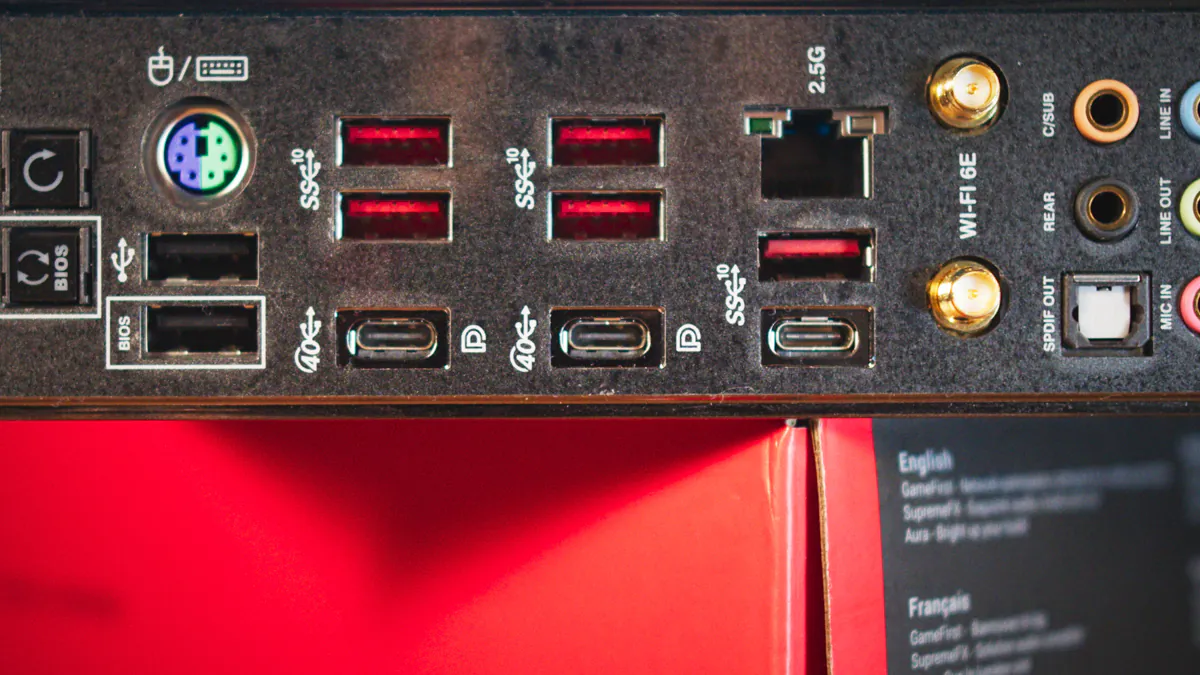
Canyon DS-90 should easily fit into any laptop with 20 Gbps USB support and will greatly, greatly expand its capabilities. In the office, where you need to plug in 10 flash drives at once, or display several images from a laptop to different monitors, the hub is able to do this through all the connectors at once! Although not at full resolution.
The main disadvantage
Now here’s an obvious question. Why did I say in the beginning that this is the highest quality hub that I can’t use? Please look at these two boxes. Where it says DisplayPort. Do you see the difference?
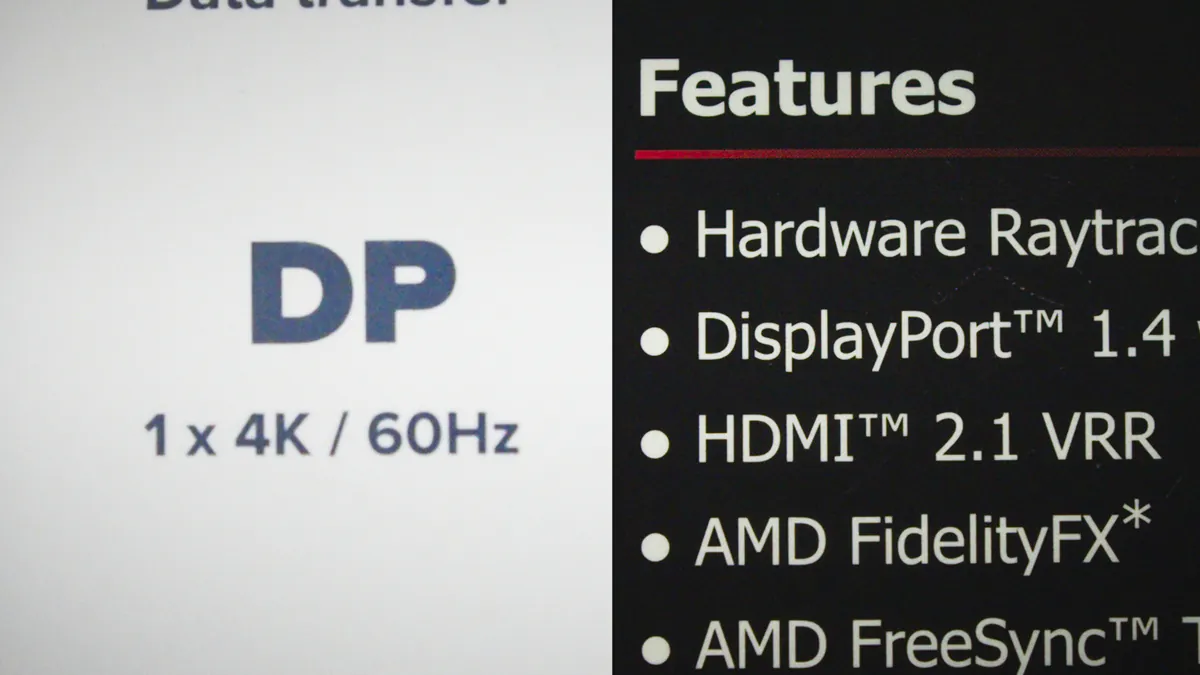
The hub does not mention the version. Although it seems important to know this. If it’s DisplayPort 1.2, the hub won’t output 8K 60 Hz, 4K 60 at most. That is, my 75Hz 6K Philips Brilliance 499P monitor will not be able to open properly.
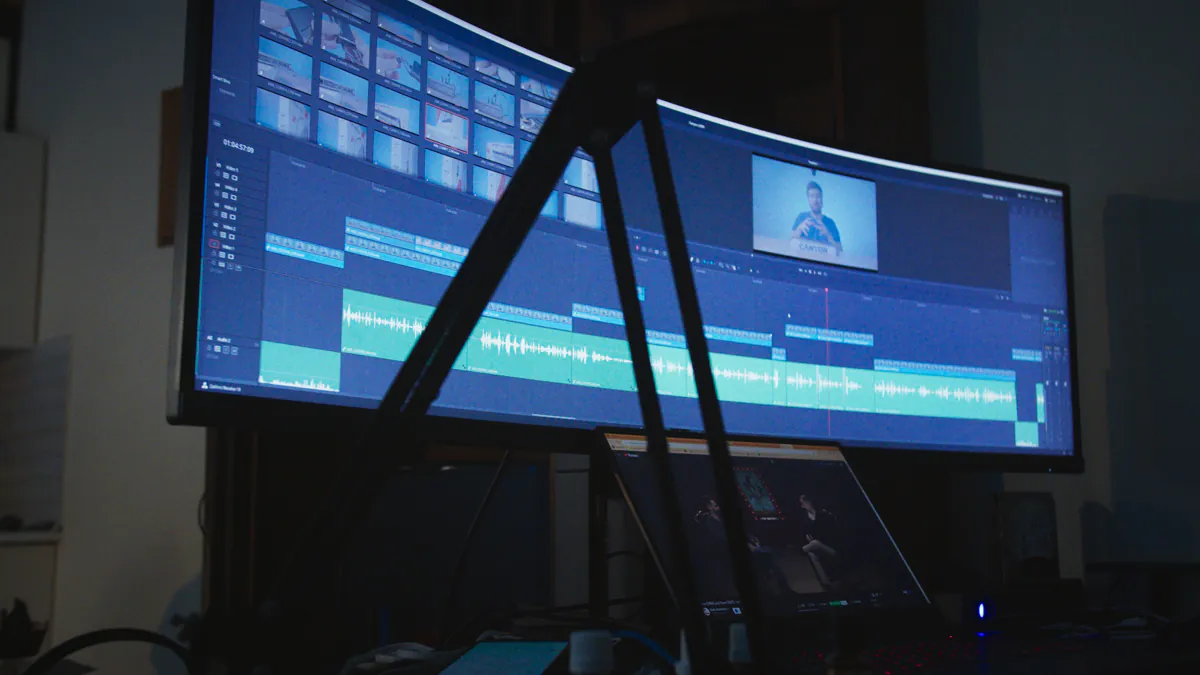
And it is true. Although DisplayPort, according to the company’s representatives, is version 1.4. Which should be fine. So what exactly is the problem? It’s the hub itself. More precisely, the Type-C cable that Canyon DS-90 uses to connect to a laptop or other device. This is a USB 3.2 Gen2x2 cable, or simply USB Type-C 20 Gbps. This is not USB4 or Thunderbolt, or at least version 3.

Why is this bad? The fact that, for example, DisplayPort 1.4 requires a bandwidth of 25 Gbps. Yes, through the same cable that must also pass through a card reader, a bunch of regular USB and VGA with HDMI, and do it at the same time!
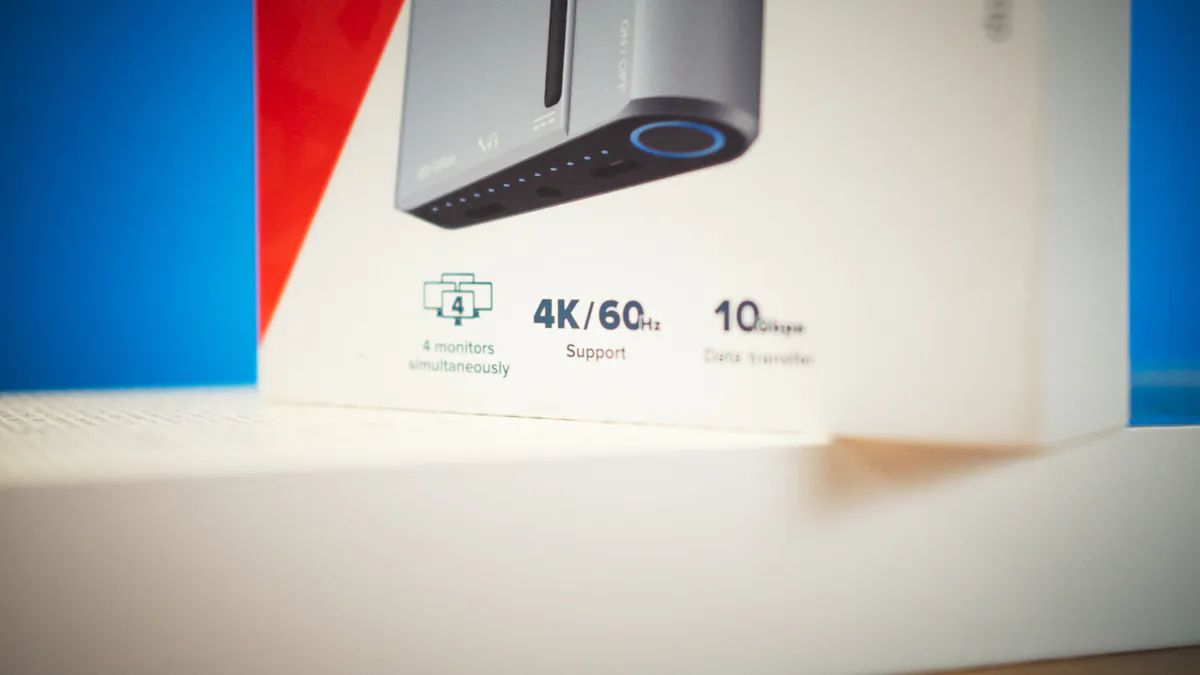
And it’s not Canyon’s fault. The modifications of the DisplayPort standard for use in hubs were written in the documents of Microsoft. That is, it was done on purpose, and now it is obvious why.
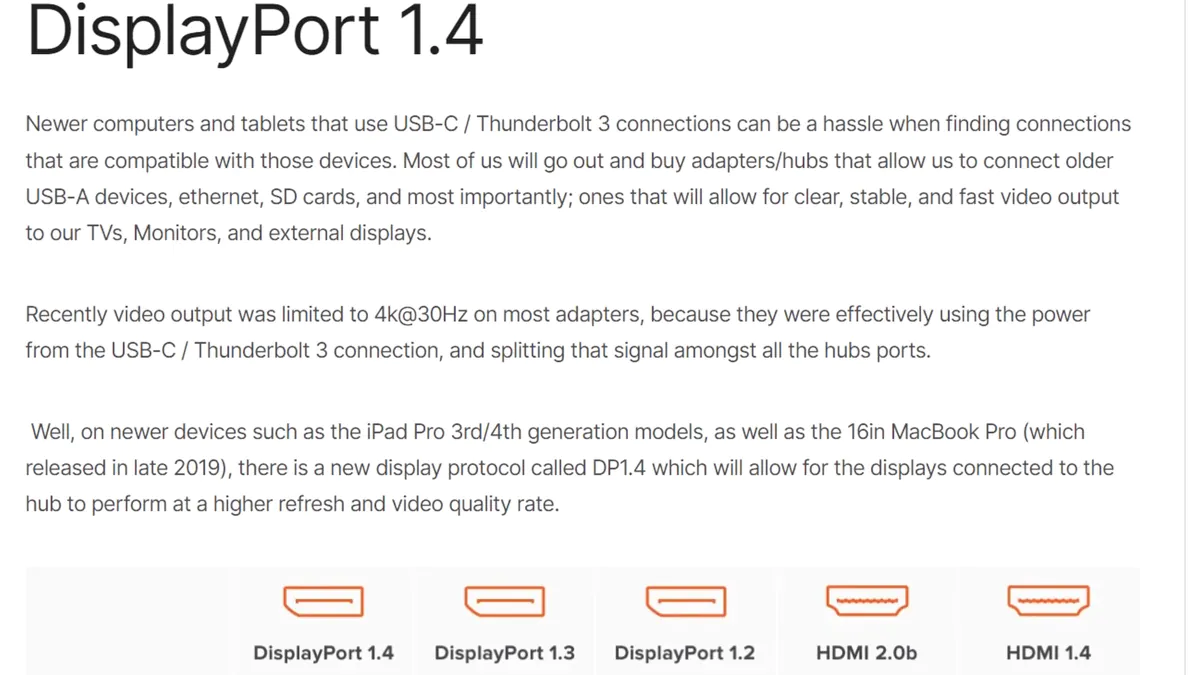
Now. All of this does not apply to hubs with USB4 and TB4, but forgive me, you will either pay twice as much for such hubs or cut compatibility with your equipment, because Thunderbolt is a proprietary Intel technology and is not supported on AMD laptops. And laptops with USB4 are hard to come by. And they cost a lot too.
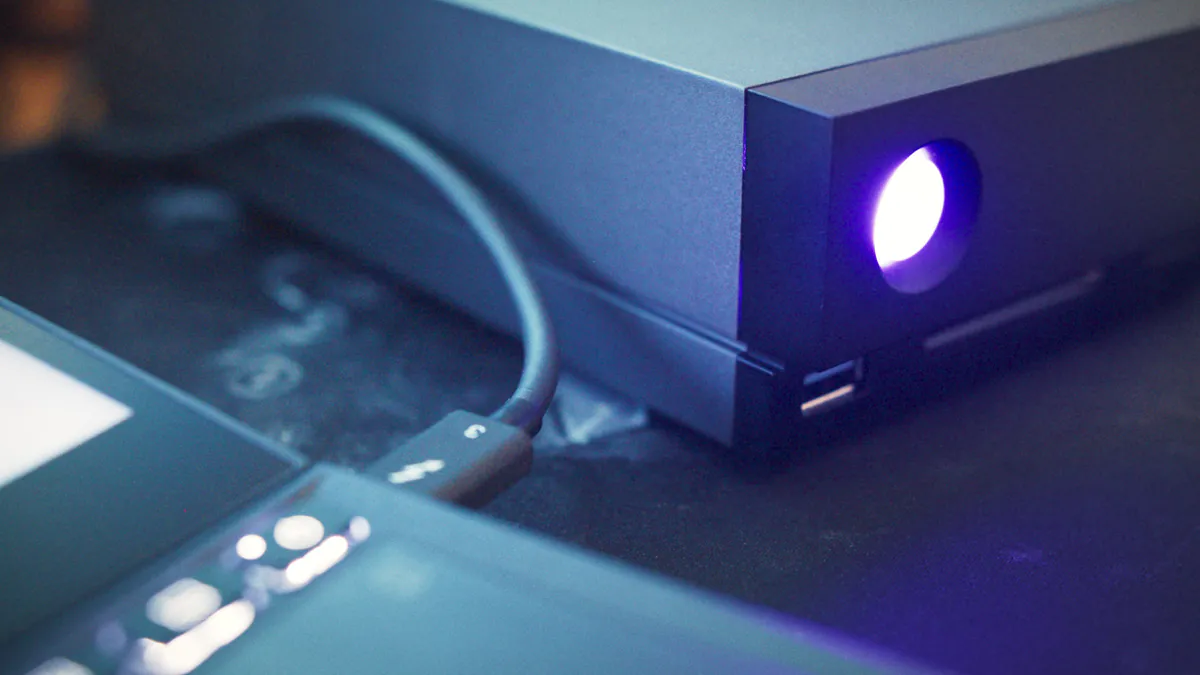
In addition, the DS-90 hub has indeed been updated compared to the DS-9. This is not so surprising, because the latter was released in the time of Tsar Pea and did not receive any updates. Therefore, two Type-Cs were added, one of which is 10 Gbps, the ability to use all four video outputs was added, and cooling became better.
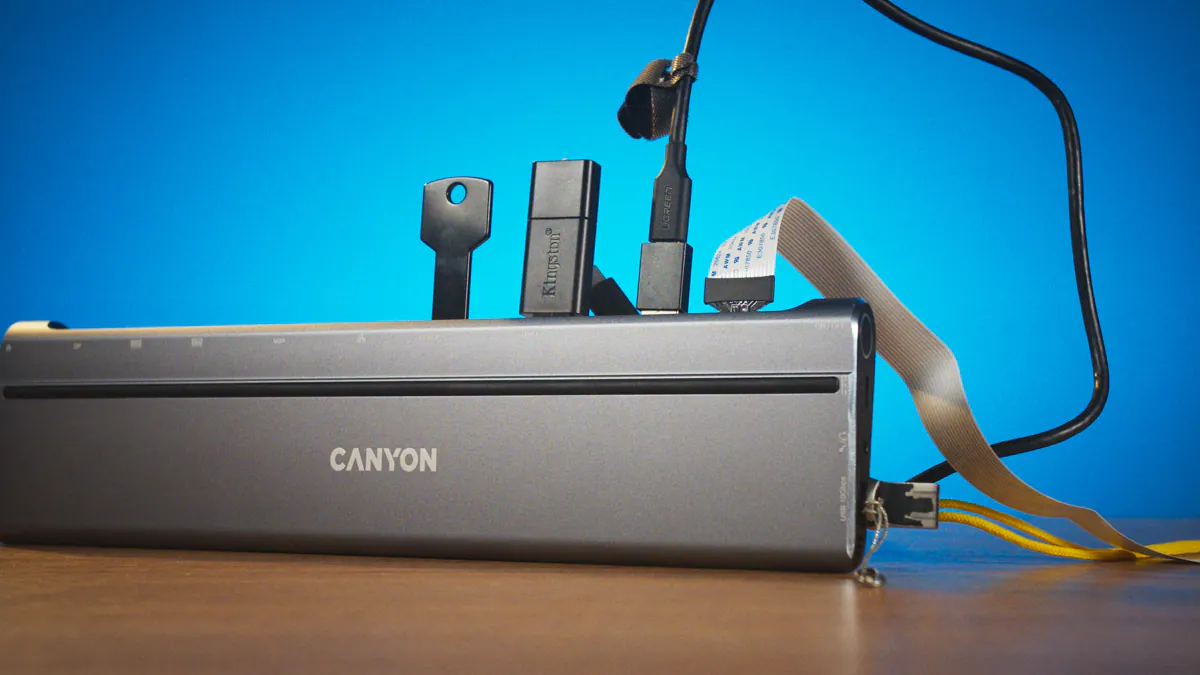
Summary of the Canyon DS-90
The Canyon DS-90 is a great upgrade to an already stylish and versatile hub, and it doesn’t cost all the money in the world. Well, if you take into account the positioning, of course. This hub still doesn’t suit me, but my situation is unique. For everyone else who doesn’t have a monitor that covers the entire table, I think the hub will fit them without any problems.
Video about Canyon DS-90
You can see the dynamics of this hub here:

Read also:
- Hator Pulsar Wireless/Quasar Wireless Gaming Mice Review – Not Just for Gamers
- Review of Bloody B885N and Bloody B880R keyboards: Optical mechanics, take 2

